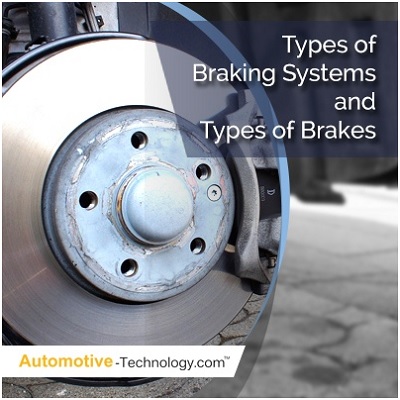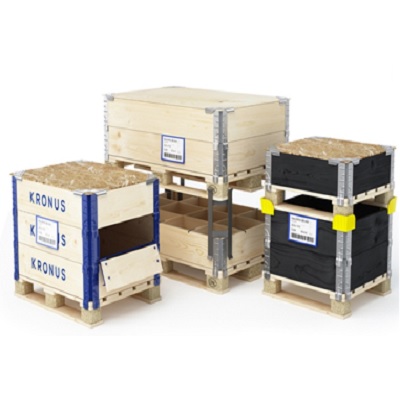The Rubber Revolution: Innovative Solutions for Automotive Components

In the ever-evolving landscape of automotive engineering, one material has played a pivotal role in enhancing performance, safety, and overall driving experience - rubber. Traditionally associated with tires and gaskets, rubber has undergone a transformative journey, becoming a key player in innovative solutions for various automotive components.
1. Advanced Rubber Compounds
In the field of automotive engineering, the pursuit of peak performance and durability has driven the creation of sophisticated rubber compounds. These formulations are intricately designed to fulfill the exacting demands of contemporary vehicles. Through the integration of additives and reinforcements, engineers elevate the rubber's capacity to resist wear, endure extreme temperatures, and withstand exposure to harsh chemicals. The outcome is a resilient material that not only endures the challenges of the road but also enhances fuel efficiency. The continuous refinement of rubber compounds stands as evidence of the industry's unwavering dedication to advancing the frontiers of material science.
2. Smart Rubber Technologies
The integration of smart technologies into automotive components has ushered in a new era of connectivity and efficiency. Smart rubber sensors embedded in tires exemplify this trend. These sensors continuously monitor tire pressure, temperature, and tread wear in real-time. The data collected not only ensures vehicle safety by preventing issues related to underinflated tires but also facilitates predictive maintenance. By harnessing the power of data analytics, smart rubber technologies contribute to a proactive approach to vehicle care, reducing the likelihood of unexpected breakdowns and enhancing overall driver safety.
| Read More: Revolutionizing Automotive Performance: Innovations in Rubber and Rubber Components |
3. Noise, Vibration, and Harshness (NVH) Reduction
In the pursuit of a quieter and smoother driving experience, the automotive industry has turned to rubber as a fundamental solution to tackle noise, vibration, and harshness (NVH). Engineers have been at the forefront, introducing innovative rubber-based isolation mounts, bushings, and dampers that effectively reduce vibrations and noise levels within the vehicle. This is particularly crucial in the domain of electric vehicles, where the absence of traditional internal combustion engine sounds accentuates the importance of minimizing NVH levels. The application of these state-of-the-art rubber technologies significantly contributes to providing a more refined and enjoyable journey for both drivers and passengers.
4. Bio-Based and Sustainable Rubber
With sustainability becoming a focal point in the automotive industry, there is an increasing focus on the creation of bio-based and sustainable rubber. Manufacturers are actively investigating alternative sources for rubber production, including plants and bioengineered materials, to diminish the environmental impact of automotive components. The objective is to find a harmonious balance between performance and sustainability, ensuring that the rubber employed in vehicles aligns with broader initiatives aimed at establishing eco-friendly transportation solutions. Bio-based and sustainable rubber emerges as a promising pathway for mitigating the environmental impact of the automotive sector.
5. Self-Healing Rubber
The concept of self-healing rubber introduces a paradigm shift in addressing one of the most common issues faced by drivers – punctured tires. Researchers are exploring the incorporation of microcapsules containing healing agents into rubber compounds. When a tire experiences a puncture, these microcapsules rupture, releasing the healing agents. The chemical reaction initiated by these agents results in the automatic repair of the damage. While still in the early stages of development, the potential for self-healing rubber to mitigate the inconvenience of flat tires and reduce the need for immediate roadside assistance underscores its significance as a transformative innovation in automotive technology.
Conclusion
The rubber revolution in automotive components is a dynamic journey marked by continuous innovation, sustainability, and enhanced performance. From the molecular level of advanced rubber compounds to the transformative potential of self-healing rubber, the industry's commitment to pushing the boundaries is evident. As automotive engineers embrace these innovative solutions, the rubber revolution remains a driving force shaping the future of vehicles, promising safer, more efficient, and environmentally conscious transportation.



